Cooking on a gas fireplace is a great way to enjoy food. Whether you want to cook on the fireplace in order to add a smoky quality to the food or you simply want to cook around a fire socially, it is a relatively simple process. Be aware, however, that the process differs from cooking on a fireplace that does not use gas; on a gas fireplace, you should only use closed cooking apparatuses in order to protect yourself from harmful fumes.
Light the gas fireplace. If the fire also uses wood for fuel, ensure that the fireplace is well-stocked with dry wood.
Select the food you will cook. Place it in the pot and close the container. It is crucial to close the container, as harmful fumes could potentially get into the food otherwise.
Once the fire has started, set the pot on top of logs in order to heat the food. Let the food sit until it is fully cooked. Food cooked on the fireplace needs to be cooked for a longer period of time than food cooked directly on a stovetop.
Remove the pot from the fire. Check to see if it is fully cooked. If not, set the pot back into the fire and continue to cook it until it is finished.
Once the food is fully cooked, turn the fire off. Do not leave the fireplace unattended without a screen covering it.
Related Articles

How to Use a Probe Cooking Thermometer

How to Light a Propane Barbecue Grill

How to Use a Weber Gas Grill: First ...

How Do I Cook a Hot Dog on a Fire?

How to Use an Indoor Electric Grill
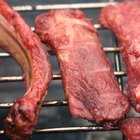
How to Smoke Food With Cedar Chips

How to Cook With a Brinkmann Barrel ...
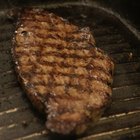
Instructions for an Emeril Cast-Iron ...

How to Cook Marinated Pork Loin From a ...

How to Make Teriyaki Sauce
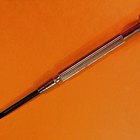
How to Change a Fossil Watch Battery

How to Use Mesquite Chips on an ...
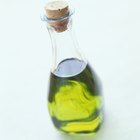
How to Season Granite Grill Cooking ...

How to Reuse Cedar Cooking Planks
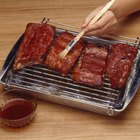
Difference Between Hibachi & Teriyaki

How to Start a charcoal fire without ...
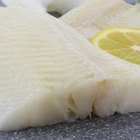
How to Cook Halibut on Wooden Planks

How to Bake With a Pizza Screen
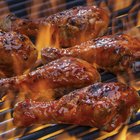
How to Cook Chicken in a Crockpot & ...

Can You Cook Something Frozen in the ...
References
Writer Bio
Gregory Minton is a professional writer based in Philadelphia. He has written professionally since 2008, and he provides writing services for over a dozen clients on a freelance basis.